|
with Sally Zeiner The Epic Poem For our final writing class we learned about the form of the epic poem, such as Homer's Odyssey. To begin, I read aloud the first chapter of The Children's Homer by Padraic Colum in which Odysseus pretends to be mad to avoid being forced by Agamemnon to join in the Trojan War. An epic tale begins with an exile, like Odysseus's, followed by a journey, and the return home. In class we developed our main character, their companions, monsters, and the reason for the exile. Then the students found quiet places outside to begin writing. One at a time I met with them to hear about their ideas and help them to develop their stories. They were off and running with great ideas! I hope they will continue to work on these epic ideas over the summer. with Sally Zeiner Phinal Physics Phun Putting vinegar and baking soda on the track. Putting vinegar and baking soda on the track. Last week we completed our final experiments in our lab book. We made machines using all of the different kinds of energy we have learned about this semester. Experimenting with a variety of materials, we built machines that used kinetic energy or stored energy to release chemical energy by combining vinegar and baking soda. The students wrote about their machines in their lab books. If they did not finish recording their observations and ideas, please have them finish this week.  In our last class we will be learning about Archimedes, and the center of gravity. Please have students bring 2-3 smooth sticks 12-18 inches long, as well as objects they may want to attach to a mobile. Ready, Set...Debate!Students performed well in their second (and final) team debate, not only in strongly defending their positions on the topic, but in raising insightful questions about the issues and complexities surrounding gun control and violence in society.
The team arguing for the Affirmative position "Civilian possession of handguns should be banned" were the winners of the debate. Congratulations to ALL students for your hard work, preparation, and delivery of solid lines of argument on both sides of the issue. with Ed Insel Rocket Men and Women Wow, the kids did an awesome job with their rockets! This is the first time I’ve seen ten students successfully fly, recover, and then re-fly their rockets. The first flight used low-impulse engines and made it as high as 1,000 feet. The second launch used higher impulse engines and peaked at around 1,600 feet. We only had time to launch one rocket a third time, and we used an even higher impulse engine – best guess is about 2,500 feet. It went so high that the winds drifted it out of sight and it was lost. So sorry, but it advanced engineering understanding so “the pencil” lived a worthy life! Thank you to our two safety officers, our timers, our chasers, and our videographer. Embedded in the fun were some important engineering lessons the students should have taken away. The first: best results are achieved when we pay attention to the fabrication details. Second: every project needs people to take on varying roles and do them well. Third: planning the sequence of events ahead of time makes the whole project flow smoothly. And fourth: there is always something that can be done better next time! The lessons I learned include in-class training on roles/responsibilities on launch day, adding a few stopwatches to the toolkit, bringing a small table students can work at, having the students insert the igniters into their own engines, handing out extra wadding during final assembly, and finding smaller weights to put in the altitude-checking streamers. Thank you to those parents who hung around to watch. I think the students put on a show well worth seeing! I will see if I can edit down the video so others can see it during the Engineering Fair on June 2. Homework for Next Session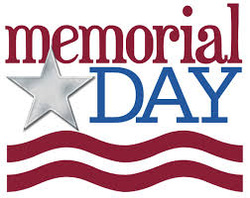 Remember, we do not have class next Monday, so students have two weeks to finish their engineering project. Several students have picked good engineering projects, but a few still haven’t told me what they are working on – please check your project choice with me via email. Later this week I will send everyone a final checklist of deliverables for the Fair and the exact times we’ll be displaying our work. Have a wonderful Memorial Day, and please be sure to take a moment to remember our military men and women who died protecting freedom and democracy around the world. with Leigh Ann Yoder Up, up, and away! I was delighted to see the effort put into the students' cars at home. Everyone came into class excited and thrilled with their final designs. After a few minutes of tweaking we literally ran downstairs for racing. The first source of power was balloons. The students had to decide how to attach their balloons in order to maximize the thrust. One car flew across the room exceeding 20 feet! Another had the second best distance with 11 and 1/2 feet. Next, 4 feet 2 inches, and finally, 2 feet 8 inches. The remaining students were not able to make their cars move. (More about that in a bit.) It's the rubber band, man! The second source of power was rubber bands. I explained to the students how to attach the rubber band and wind their axles to provide the necessary tension. Very few of the students were able to make their cars move and when they did the distances were small. Although there was disappointment in the classroom, I was actually pleased with the results. It gave us an opportunity to discuss the semester's underlying theme. Only from failure can we succeed! They are each becoming true engineers. We talked about what went wrong and how each car could be improved. We discussed things like materials, placement of elements, axles, rubber band choices, traction, etc. I was able to remind the students that no one ever gets it right the first time. The first time is just a beginning. I was extremely proud to hear the students bring up some of the stories we have read in class, and inventors they have learned about through their home readings. After talking they were no longer disappointed, but excited to go home and try again. I could not be more proud of the class. We have had so much fun this semester, but this was the absolute one thing I wanted to teach them. I do not want one of them to ever fear failure, but rather look at it as an opportunity. Please continue to enforce this at home. They are each on their way to success. Final PresentationsWe used a bit of class time to go over our final presentations. Again, the excitement from the students is thrilling. Most of them cannot wait to share their projects, and I cannot wait to see them. Please carefully review the homework assignments with your students. There are two weeks worth of homework assignments, so scheduling is important. Remember - there is no class next week in observance of Memorial Day. Monday, June 2, is our last class and our Engineering Fair. ALL PARENTS AND GUESTS are invited and encouraged to attend at 11AM (note time change). All Young Inventors are required to arrive at 10AM for set-up and practice. Please make certain to have the following items on June 2nd: 1. Display Board 2. Presentation Speech 3. Your finished project 4. Hands-on materials if applicable 5. Board Games Homework1. Finish the third panel. Remember this is a documentation of your project. Be certain to include a two paragraph summary of what you learned. If you have questions, please email me this week.
2. Prepare your hands-on activity (if doing one). 3. Use the outline I provided in class to write your speech. 4. Practice your speech at least four times! Preparation is the key to success. 5. Send me the field of engineering you studied this semester and two-three sentences introducing your project. I will use these to introduce each student. Please send this no later than Thursday, May 29. Stories of Inventions (Optional): Finish the book! Board Games (Optional): Continue to improve your game. with Leigh Ann Yoder Model Cars We opened class with a demonstration of a roll-back toy made from a coffee can, large bolt with several nuts, a twist tie, two nails and a rubber band. The mechanics of the toy were hidden and the students had to guess what was going on inside. After thinking for a few moments, the students were able to make a fairly accurate hypothesis. Well done! This simple demonstration gave us an opportunity to talk about a few simple physics concepts. I briefly introduced the terms equilibrium, potential energy, and kinetic energy. The class was anxious this week to get started, but first we read a little story about the most popular four-wheeled vehicle. The story was about a machine you have used many times. It has four wheels and can carry hundreds of pounds, but it doesn't have an engine. Can you guess what it is? I will give you a hint: It was invented by Mr. Goldman who became one of the richest people in the United States. Ask your students about this well known invention, its initial reception by the general public and its eventual impact on commerce. We also discussed the observation that some of the most successful inventions are born from problems. Looking around for simple problems to solve can turn into an extremely profitable solution!  I couldn't keep them contained any longer, so we broke out the supplies to make our model cars. There was a lot of action in the classroom this week. We used saws, awls, knives, rulers, scissors, and a hot glue gun. The students are designing and building 3 or 4-wheeled vehicles. The goal of class this week was to make a completed car that runs in a straight line as smoothly as possible with little or no resistance. Most students need to continue working on their cars at home to perfect them. Again, they may use any material they have on hand and decorations are encouraged. Next week, we will be adding the power and having a race! HomeworkFinal Project: Students should be completing the hands-on portion of their project this week. Expect to spend a minimum of four hours on design, testing, redesign, research, etc. By the end of this week you should be ready to begin preparing your board, writing your summary, and if applicable preparing your hands-on class mini-challenge.
Race Cars: Students are to complete their cars they began in class this week. They are to come to class with a car that runs as smoothly and as straight as possible. Remember to reduce friction as much as possible around the axle holes, and try to invent ways to keep the axle straight. Students are free to use any household materials to improve their design. Story of Inventions (Optional): Read chapter 18 Board Games (Optional): Continue to improve board games for our Engineering Fair Homework - Debate Preparation Student debate teams met this week in class to discuss research, facts, statistics, opinions and ideas in preparation for next weeks formal debate on gun ownership. Teams self-assigned roles such that everyone will have an opportunity to participate in a different role than the previous debate (Constructive/Introduction, Cross Examination, Rebuttal, Audience Questions). We broadened the debate topic to the following: Civilian possession of handguns should be banned. Unlike our previous debate where teams were pre-assigned to affirmative/negative positions, teams will not be told which position they must argue until we meet next Monday. Therefore, students must be prepared to argue either side of the issue and develop two sets of introduction and rebuttal speeches, and cross examination questions (pro and con). This adds further scope and challenge to the assignment, but should better prepare students to effectively argue and counter-argue each point. It also adds a layer of suspense which is an exciting twist! We will use the same format and scoring as our previous debate, although as discussed in class, I will more strictly enforce time limits during the cross examination questioning round. Therefore, students should prepare a broad range of well thought out questions and I will be looking for responses to be succinct and clear. Teams will meet briefly at the start of class to organize any final points before we begin the debate. Our two student audience members will meet with me briefly during this time to discuss the questions they have prepared. Please email me your questions by Sunday so that I may look them over before class Monday morning. Work hard, communicate and coordinate with your team members, and come prepared for a lively debate! with Kim Rodgers Warriors and Walls The last couple of weeks our class has been studying Ancient China. We read about the terra cotta warriors, which were found by farmers digging a well in 1974. Qin Shi Huang, the first emperor of China, wanted to protect himself after death, so he had an entire army constructed of life-size models of warriors, chariots, and horses. About 2,000 have been found, but it is estimated that there are up to 8,000. Incredibly, every warrior has unique facial features, hairstyles, and dress. The students created their own warrior and painted it with bright colors, just like the original warriors!  This week we read about the Great Wall of China, learning how 1,000,000 people were involved in its construction with many dying in the process, buried within the wall itself. The students stood in a line with their arms outstretched, to make their line as long as possible. We measured it and calculated that we would need almost a million and a half of that same distance to get close to the length of the wall. That was still hard to picture, so we took the figure of 5,500 miles, which is the most common figure for the length of the wall, and converted that to inches. We used string to measure out 458 feet. Next week we plan on taking that string outside to see how big of an area we can create using this measurement. with Sally Zeiner Light and Energy What colors do we see in the light? What colors do we see in the light? Last week we held a prism in front of the window to reveal the different colors of light that are in white light. We read about the waves that make up sound and light, and learned that different colors of light in the rainbows are made by light waves of varying length and speed, with red having the longest, slowest wave, and blue the shortest and fastest. Spring Review This week we reviewed some of what we have learned this spring. Following Experiment 10 in our lab book, we played with physics, and revisited gravitational stored energy, mass, and inertia. We built card houses, and knocked them down with marbles. We also used watercolors to express the relationship between color and light waves. with Ed Insel Final Rocket AssemblyOur next team brought us today’s current events, the mudslide in Afghanistan and the Ceres/Vesta photo taken by the Mars Curiosity rover. The students continued working on their rockets. Most are now flight-ready. Several students forgot to bring in their rockets from last week – please help them remember next week – so I gave them another design to build. These students will have to finish their rockets during the week. Students are free to work on decorating their rockets during the week. Weather-permitting we will launch their rockets next week. A little rain won’t be a problem but I will keep you posted on the outlook before our next session. We’ll launch their rockets in the field across from the church. Spectators welcome! Homework for Next Session No current events for next week. Several students still need to decide what Engineering Project they want to do. They should prepare a list of milestones with dates and email it to me as soon as they can. As a reminder, here are the criteria and some ideas. |
Categories
All
Archives
May 2016
|











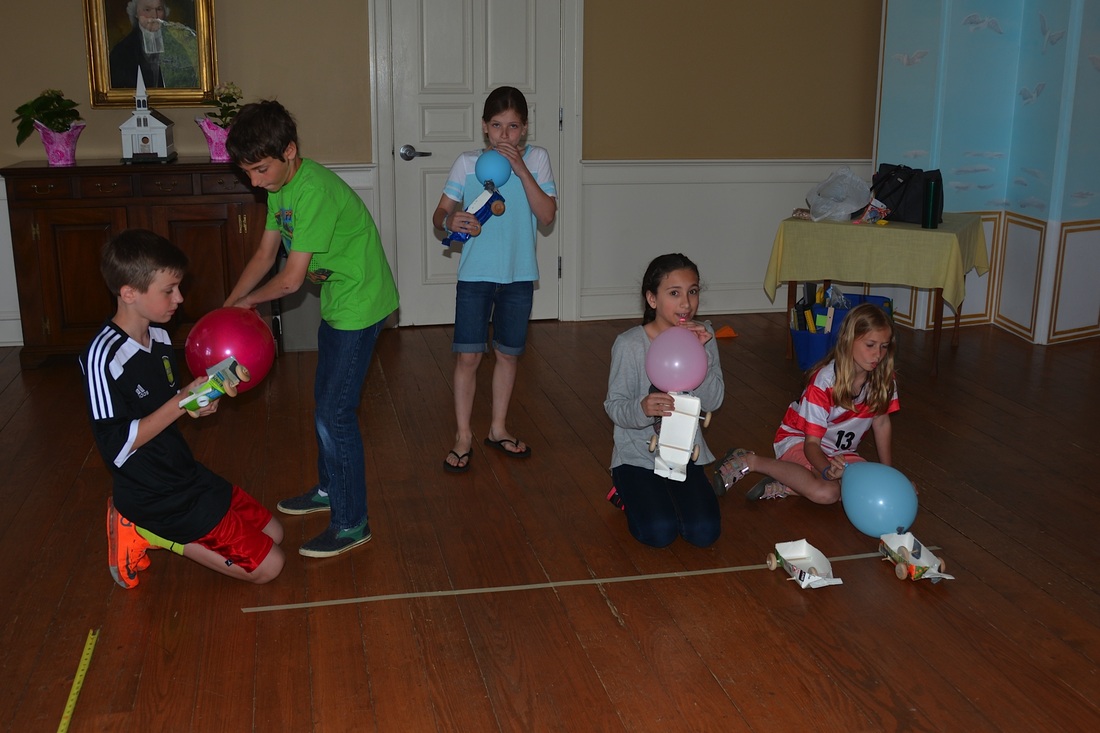



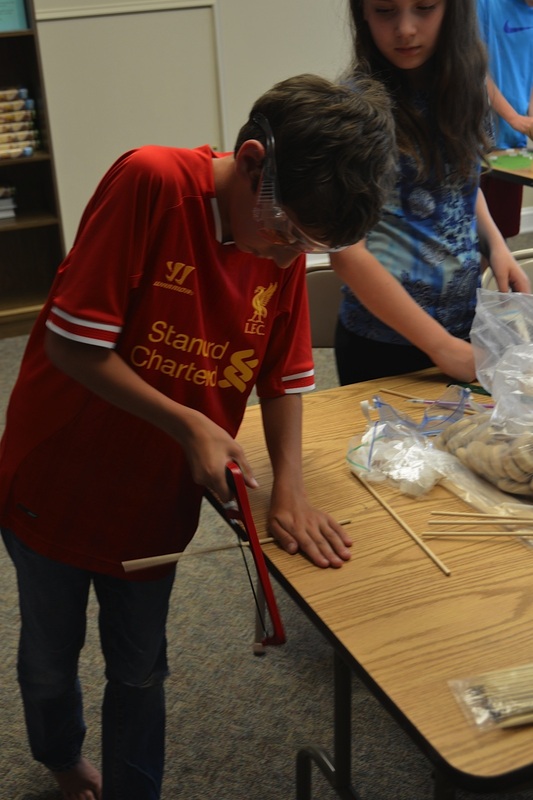



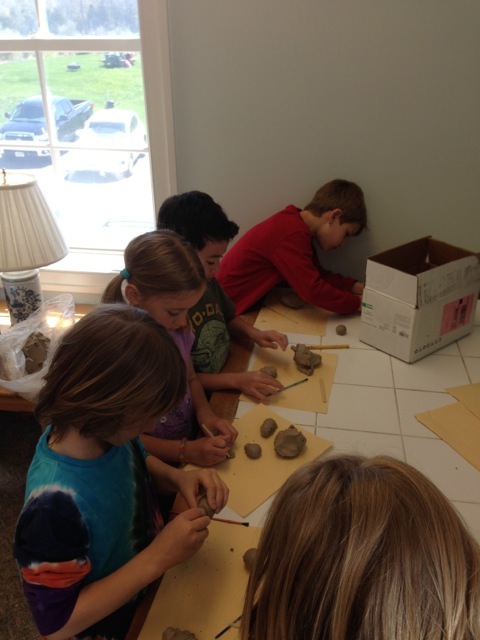

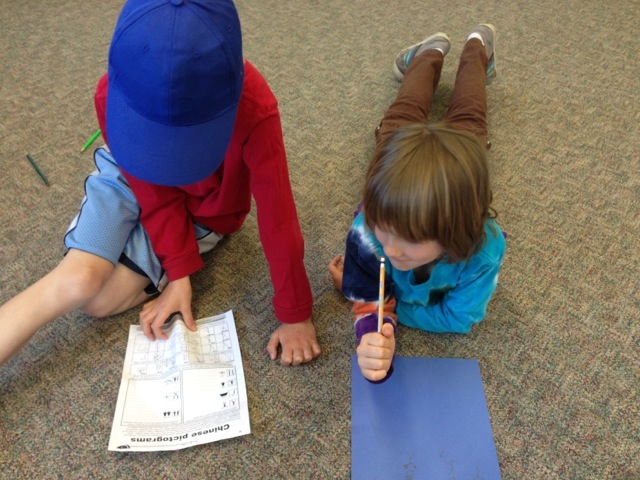


 RSS Feed
RSS Feed